The Best Fluffy Pancakes recipe you will fall in love with. Full of tips and tricks to help you make the best pancakes.
The Emotional Power of Sound in Tabletop Gaming
When I run tabletop roleplaying games (TTRPGs), I want my players to have an amazing, top-notch experience. I want them to take away not only feelings of having spent a fun time with friends, but also memories of the powerful story-telling moments we have created together.
There are lots of ways of helping players immerse themselves deeply into roleplaying experiences: a distraction-free environment, atmospheric lighting, beautiful (and hideous) maps and minis, expertly tea-stained handouts to name just a few… but for me, nothing does the job quite so well as the perfect ambient sound and music.
In this article I’ll explore how creating just-the-right soundscapes in tabletop games, which (in the same way they do in movies, TV, and computer games) evoke powerful emotional responses to sound, can help you immerse your players in the story AND… since audio in tabletop gaming is such a deadly weapon in that battle… how to get it right!
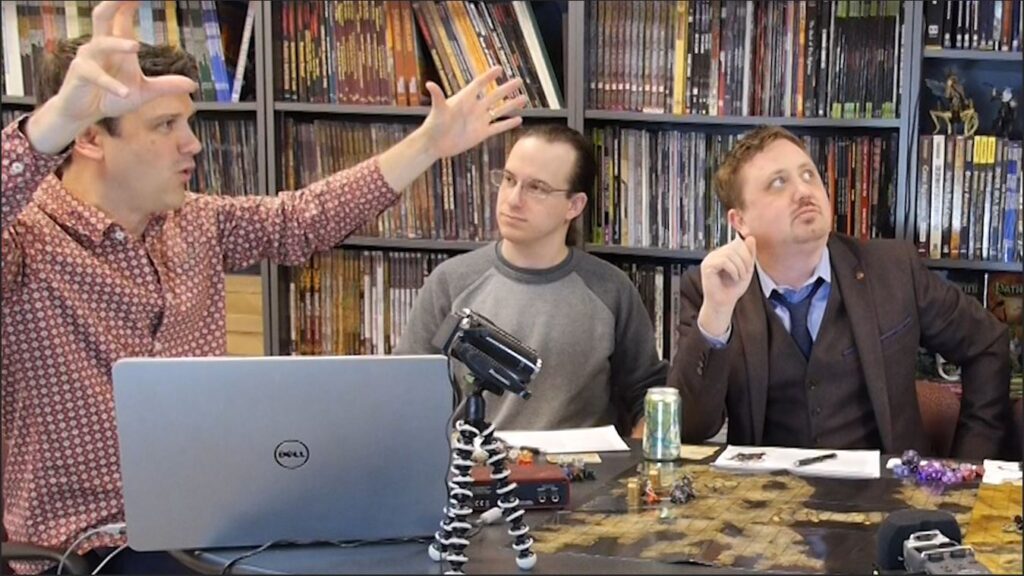
Benjamin scaring Erik Mona and John Compton of Paizo (publishers of Pathfinder RPG)
Soundscapes in Popular Media: Lessons for Tabletop Gaming
Sound has the ability to trigger involuntary, often subconscious states in humans. Tabletop gaming soundtracks can change the subliminal or even conscious interpretation of words being spoken. A seemingly innocent statement made by a non-player character (NPC), given the right sinister sounding accompaniment, will almost certainly be interpreted with suspicion, mistrust, and insight/sense motive rolls from everyone.
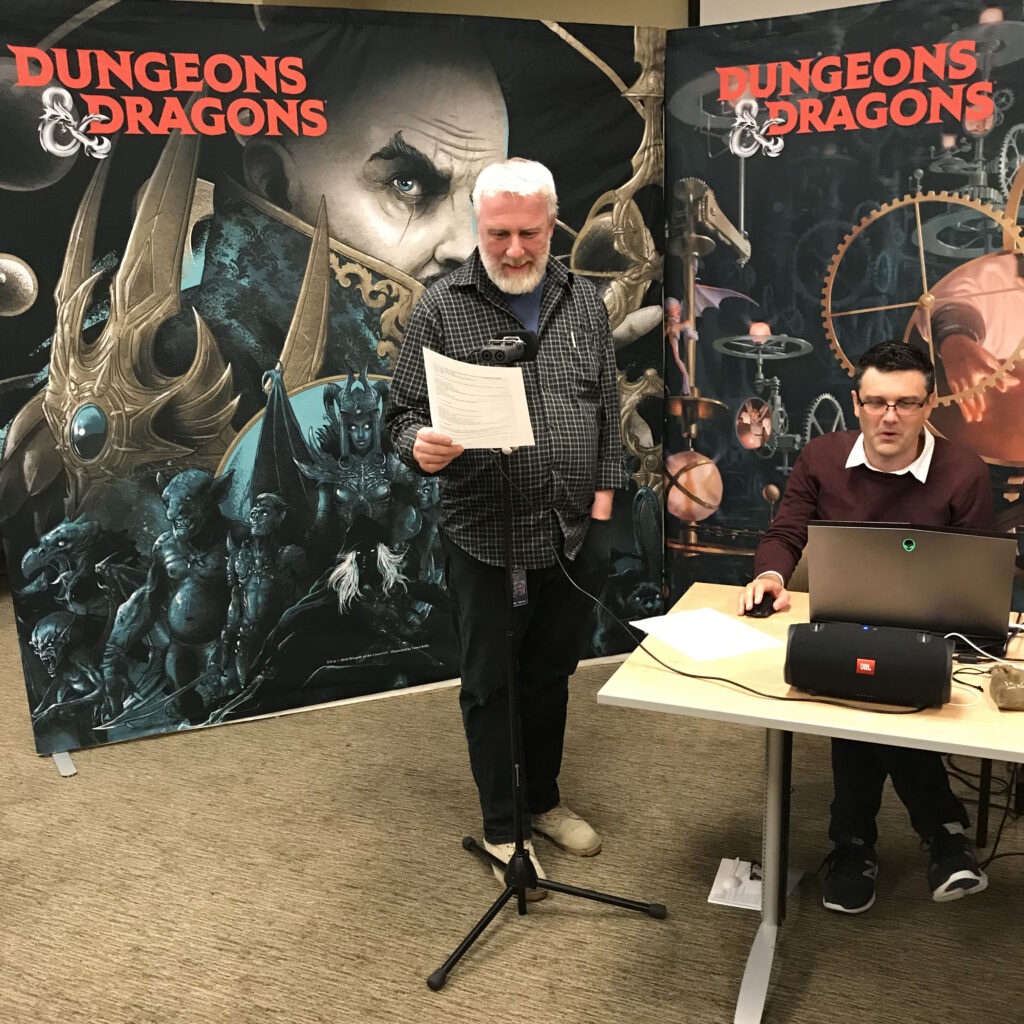
Richard Witters of Wizards of the Coast performing NPC dialog for Syrinscape. That’s me (Benjamin Loomes) at the computer.
That’s why sound design in tabletop games and visual media is such a vital component. Just try turning the sound off completely next time you play Baldur’s Gate 3 and see what that does to the mood AND to your ability to stay engaged with the game and the drama of the story…
…(actually I do NOT recommend this at all) 😃
Iconic Sound Patterns in “Jaws” and “Lord of the Rings”
The power of sound to evoke strong emotional responses has been understood by film makers ever since sound was synchronized with image. Play this short audio sample.
What feelings does this sample elicit? If my character were in the water and I heard these slowly oscillating semitones, I would be clambering to a dry spot as soon as possible. The wonderful thing about soundscapes in tabletop gaming, is that unlike the sentence, “your character senses there might be something in the water”, this Jaws litemotif (a recurrent theme associated with a particular person, idea, or situation) will make the player themself actually feel nervous, unsettled and disturbed… immersed in dangerous waters!
What about this short theme.
This audio cue has quite the opposite effect, associated as it is with everything wholesome, good and pleasant.
A player’s emotional responses to sound in TTRPGs are irresistible, irrational, automatic and a powerfully useful tool at our gaming tables.
Translating Cinematic Sound Techniques to Tabletop Gaming
So, how do we use these well-worn cinematic techniques to create immersive tabletop gaming experiences? Many of us have stumbled into the problems caused by simply taking music soundtracks from movies and playing these at our tables (that’s where my journey with sound at the gaming table started). The problem here is the powerful connections that naturally develop between these particular sound effects or pieces of music and the characters and emotions of a particular, specific story. Nothing quite takes me out of my OWN story telling moment than hearing the Fellowship’s powerful litemotif.
See how you are ‘seeing’ that one super special shot from Lord of the Rings.
So, instead, we must unpack what aspects of music are associated with particular stories and which aspects of that music are essential to our emotional responses to sound.
Let’s think about these three short samples you have already listened to:
- The Jaws theme is deep, slow, chromatic (moving to the very next closest note on the piano).
- The Hobbiton theme is in a major key with a simple, consonant (nice notes) melody and a distinct folk music flavour. Winds take the tune while gentle strings supply a simple accompaniment.
- And the Fellowship theme is epic, strong, block-like in harmony, and features the brass (the instruments with the biggest muscles in the orchestra).
Have another listen if you need to.
So we need our audio cues in tabletop games to use these music features. Does that mean every game master needs to be a composer as talented as John Williams (Jaws) or Howard Shore (Lord of the Rings)? Of course not, but it does mean that our tabletop gaming soundtracks need to be finely tuned to hit the right spot as often as possible, and that game masters need to be able to locate and reliably play a music cue or sound effect appropriate to the moment easily and ideally without interrupting the flow of play.
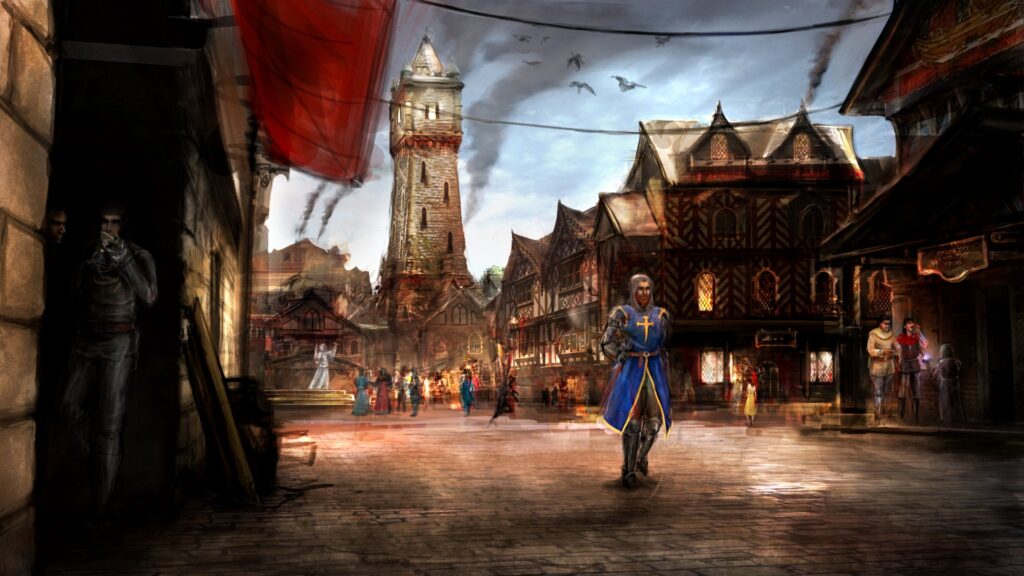
The Role of Background Audio in Immersion
How Background Audio Deepens Player Connection to Characters
In fact, if we wield the power of just-the-right music at just-the-right moment, then those powerful forces of emotional connection between theme and character can help our players connect to their characters more deeply as well. Imagine if every time your party returned to their hometown the same musical theme played. That theme would quickly become associated with: a mission completed, XP gained, a safe harbour, rest, recuperation and a familiar bar stool with a familiar mead. When the power of litemotifs is wielded correctly, like just the right well-balanced sword, a game master can simply play a musical moment and the involuntary emotional responses to sound will do much of the heavy lifting in story telling for everyone.
Creating a Living Game World through Soundscapes
“But”, I hear you cry… “Movies and TV and computer games don’t have ONLY music! They have ambient sound and sound effects too! What do they do to our brains!?” Have a listen to this sound effect.
This sound mix (from Syrinscape’s Giant spider battle SoundSet) will no-doubt make your skin crawl a little (it made my skin crawl a LOT when I had to edit it). Play this sound at the gaming table and your players will be lifting their feet off the floor quick smart. What about this sample ?
How big is this creature? How dangerous is it? How many hit points does it have? Does it have an amor class AC of 10, or is its hide thick and damage resistant. Think of the number of words a game master can save by simply having this audio cue available!
Take for example, the sound of a bustling street market, a rich complicated palette of many elements: crowds of buyers, hawkers, carts passing by, dogs woofing, the clink of the town guard’s armor, the gentle sea breeze and the call of seagulls indicating this is a coastal town. Imagine you could play a good-quality ambience that sounds like all these things? Think how many words this would save you as a game master? Now imagine subtly adding a deep chromatic (Jaws-like) musical theme to the mix… …a pleasant town… but something is amiss?!?
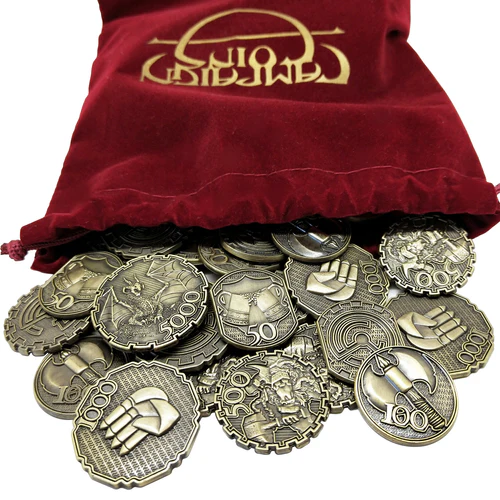
Campaign Coins, one of Benjamin’s favourite immersion tools that isn’t sound.
Practical Applications of Audio in Tabletop Gaming
Using Audio Cues to Enhance Gameplay
OK! So, you may well be convinced now that it is a big plus to have audio at the table, and hopefully you understand why it is important to me to get that audio as ‘right’ and ‘on song’ as possible, but it might be sounding like quite a huge job, especially since I have argued that simply grabbing movie soundtracks has distinct disadvantages.
What you need is a tool, specifically built for running audio in tabletop gaming, something that makes getting your soundscape just right. You need a tool where you can search “happy village” or “goblin raid” or “dragon attack”
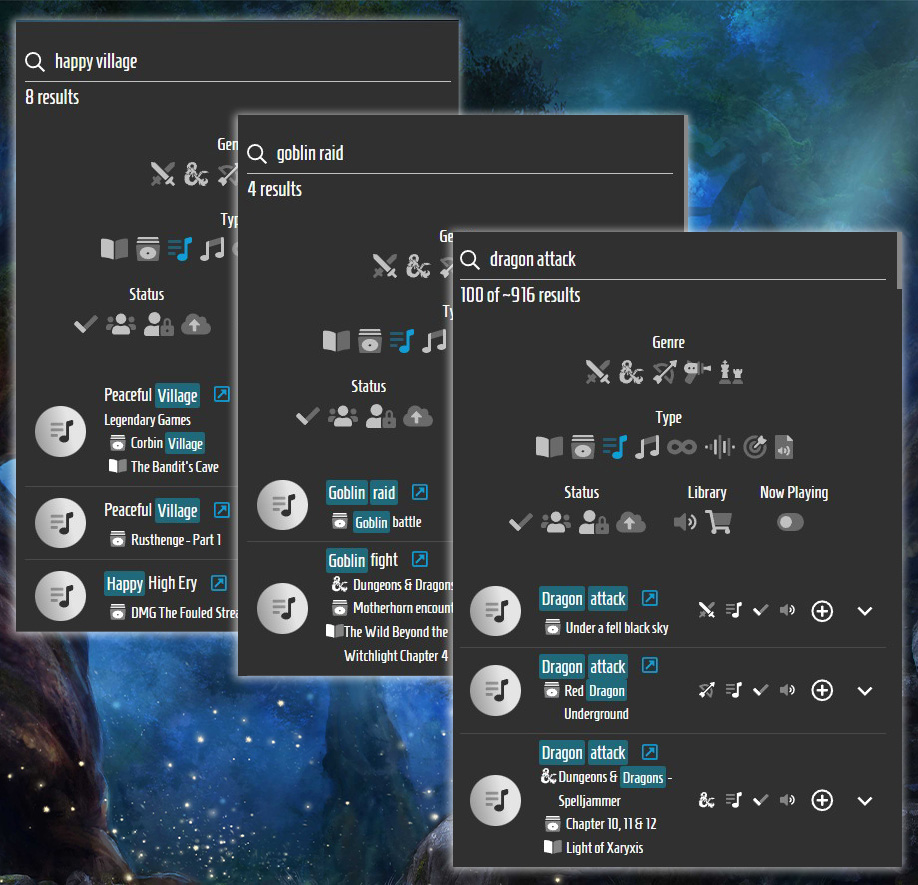
and the right sounds will play. Something where “huge roars, the scratches of claws on stone, and the slow flap of leather wings”
will evoke one set of emotions (and adrenaline), and “the gentle hubbub of townsfolk, the sound of children playing, birds chirping, and a relaxed bard plucking a lute” will contrastingly evoke relief (and endorphins).
And when it comes down to it, that’s the role of music and sound in tabletop gaming… to make feelings, hormones and FUN a thing we experience every time we play! We are creating not only emotional responses to sound, but visceral, physical ones as well, responses that give you goosebumps!
Crafting Custom Soundtracks for Tabletop Adventures
Remember, it has to be a set of sounds (ambience) and a music track that is NOT associated with someone else’s story. If MY adventure party is arriving in MY homebrew town, Hral’fan (apostrophes always make fantasy names more believable), and I play the Hobbiton theme, my players are not going to be immersed in OUR story, but rather transported instantly to that movie we all know and love. A place we all know and love, but not OUR place.
The music and sound you play must be custom to YOUR story, ideally unknown by your players outside of your gaming table.
You need to have music that have the musical characteristics of the Hobbiton theme, but not the same specific melodies and harmony… and the same goes for sound design and ambiances. So, what tool can I use to help me do this!?
Conclusion: The Transformative Power of Sound in Tabletop Gaming
So yes, you are reading this blog on Syrinscape’s website, so I’d like to ask you to do three things:
- Learn more about this topic. We have other blog articles coming, so bookmark this place. Maybe even share this article on Reddit or somewhere else, and start a deeper conversation about all this.
- Find the right tool for getting immersive sound and music just perfect at your table. There are many options out there. Try googling “d&d music app” or “rpg sound effects” and watch some demos and try some introductory trials.
- And lastly, of course, make trying out Syrinscape a part of your adventure. You can use quite a lot of sound and music in Syrinscape without even creating an account. Drop by app.syrinscape.com to try our in-browser Web Player, or download the Fantasy Player app which you can use to run rpg sound effects on everything from PCs, and MACs, to tablets and phones.
I believe that Syrinscape does the best job creating soundscapes in tabletop gaming that are just perfect, and, if you give it a chance, you might discover you agree.
Either way… whatever option you choose for YOUR audio in tabletop gaming… GAME ON…
…and GAME LOUD!

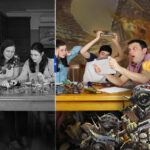

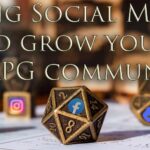
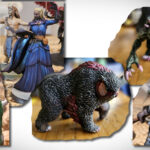
Nice article. I fully agree on every point. Syrinscape is great and everything, but it gathers only to Western Medieval settings (and Scifi/Space). I’d become a Supersyrin immediately, if there were soundsets for Arabian, Egyptian or/and Indian style settings invluded, just to mention a few. So, as for now, we’re making our own soundsets instead. Keep up the good work, maybe I’ll become a Supersyrin one day!